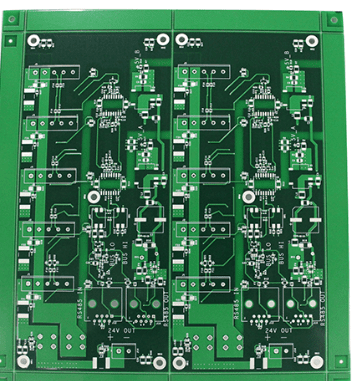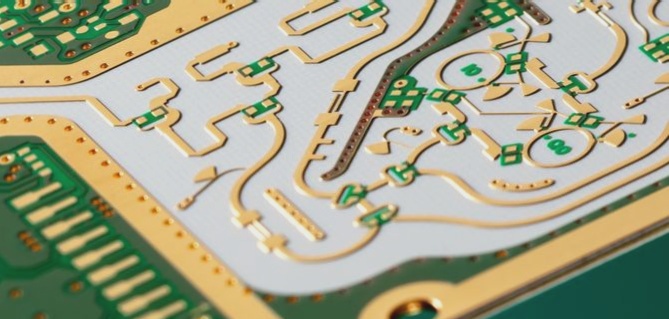Understanding Rigid PCBs vs. Flex PCBs: All You Need to Know
Evolution of PCB Technology
Traditionally, when we think of Printed Circuit Boards (PCBs), the image of a green board comes to mind. However, the PCB world has evolved significantly, offering a wide range of options beyond the standard green boards. Companies like wellcircuits are at the forefront of this transformation.
Exploring Rigid PCBs
Rigid PCBs, as the name suggests, are inflexible and cannot be bent. Made from silicone, these boards are sturdy but can crack if forced out of shape, potentially damaging the circuit connections.
Insight into Flex PCBs
On the other hand, Flex PCBs are designed to be flexible, allowing for bending and twisting to a certain extent. Unlike rigid PCBs, they are made from materials that offer flexibility.
Distinguishing Between Rigid and Flex PCBs
The Shape Factor
- Rigid PCBs typically have a rectangular shape with mounting holes, while Flex PCBs can be manufactured in various freeform shapes, providing more design flexibility.
Flexibility and Brittleness
- Flex PCBs offer high flexibility but are prone to tearing under pressure, whereas rigid PCBs, though not flexible, are less susceptible to tearing.
Current-Carrying Capacity
- Flex PCBs require thicker wire prints to prevent bending and short circuits due to their soft material, while rigid PCBs can handle heat better.
Contact Pads Protection
- Flex PCBs come with additional protection for contact pads to prevent bending and circuit failure, unlike rigid PCBs that are inherently robust.

Materials Used in PCB Manufacturing
The choice of materials plays a crucial role in determining the characteristics of a PCB. Rigid PCBs are typically constructed using glass/silicon as the base material, providing a sturdy and thick structure. In contrast, flex circuit boards utilize Polyimide, offering flexibility but with less strength and thickness.
PCB Manufacturing Techniques
The manufacturing processes for rigid and flex PCBs vary significantly. Rigid PCBs undergo a solder masking process, while Flex PCBs incorporate a cover layer called an overlay to protect the flexible circuit. These distinct processes cater to the specific needs of each type of PCB.
Weight Considerations
The weight of a PCB is a critical factor, especially in consumer electronics. Flex PCBs are lightweight due to their thin construction, whereas rigid PCBs are heavier due to their thicker material composition. Manufacturers must consider weight implications when designing electronic devices.
Durability and Strength
The choice between rigid and flex PCBs also impacts the durability and strength of the final product. Rigid PCBs excel in resisting bending and pressure but are susceptible to tearing. On the other hand, flex PCBs offer flexibility but may not withstand impacts as effectively. Each type has its own set of strengths and weaknesses.
Design Complexity
Rigid PCBs are commonly used in various consumer electronics due to their design versatility. In contrast, flex PCBs are preferred for intricate designs where flexibility is paramount. The level of design sophistication required dictates the choice between these two PCB types.
Cost Analysis and Benefits
The cost implications of manufacturing rigid and flex PCBs differ significantly. Rigid PCBs are cost-effective to produce, leading to savings for manufacturers. Conversely, flex PCBs are pricier due to unique materials and processes but offer benefits in compact product design. Ultimately, the choice between cost and functionality is crucial for manufacturers.
Choosing the Right PCB
Selecting the appropriate PCB type depends on various factors such as flexibility needs, current requirements, design specifications, and budget constraints. Careful evaluation of these aspects is essential to determine whether a rigid or flex PCB is the ideal choice for your application.
Conclusion
PCBs are ubiquitous in modern technology, serving as the backbone of electronic devices. Understanding the differences between rigid and flex PCBs enables informed decision-making when selecting the most suitable option for a specific application. Embracing the versatility and unique features of each PCB type enhances product design and performance.




 العربية
العربية 简体中文
简体中文 Nederlands
Nederlands English
English Français
Français Deutsch
Deutsch Italiano
Italiano 日本語
日本語 한국어
한국어 Português
Português Русский
Русский Español
Español ไทย
ไทย